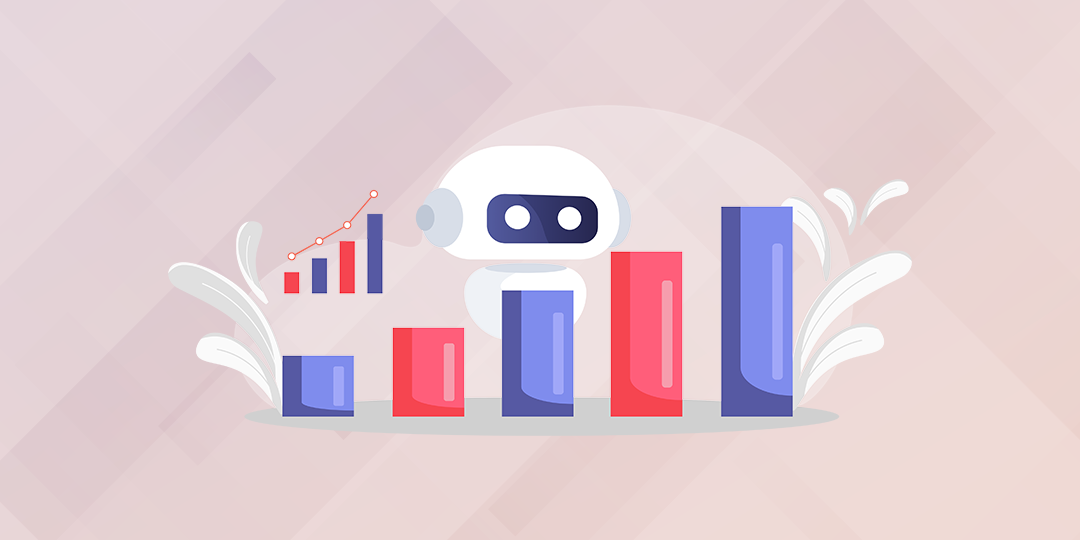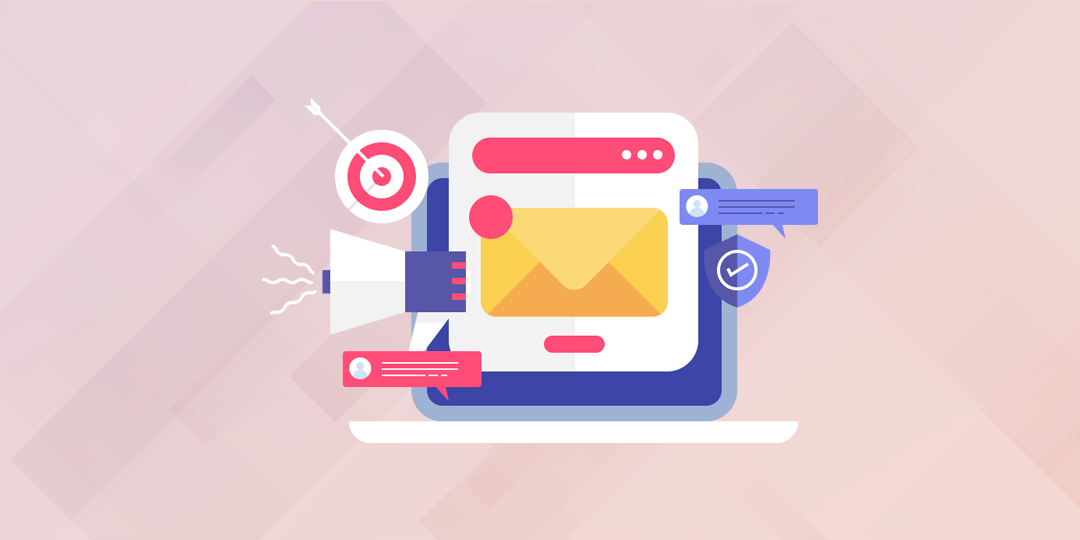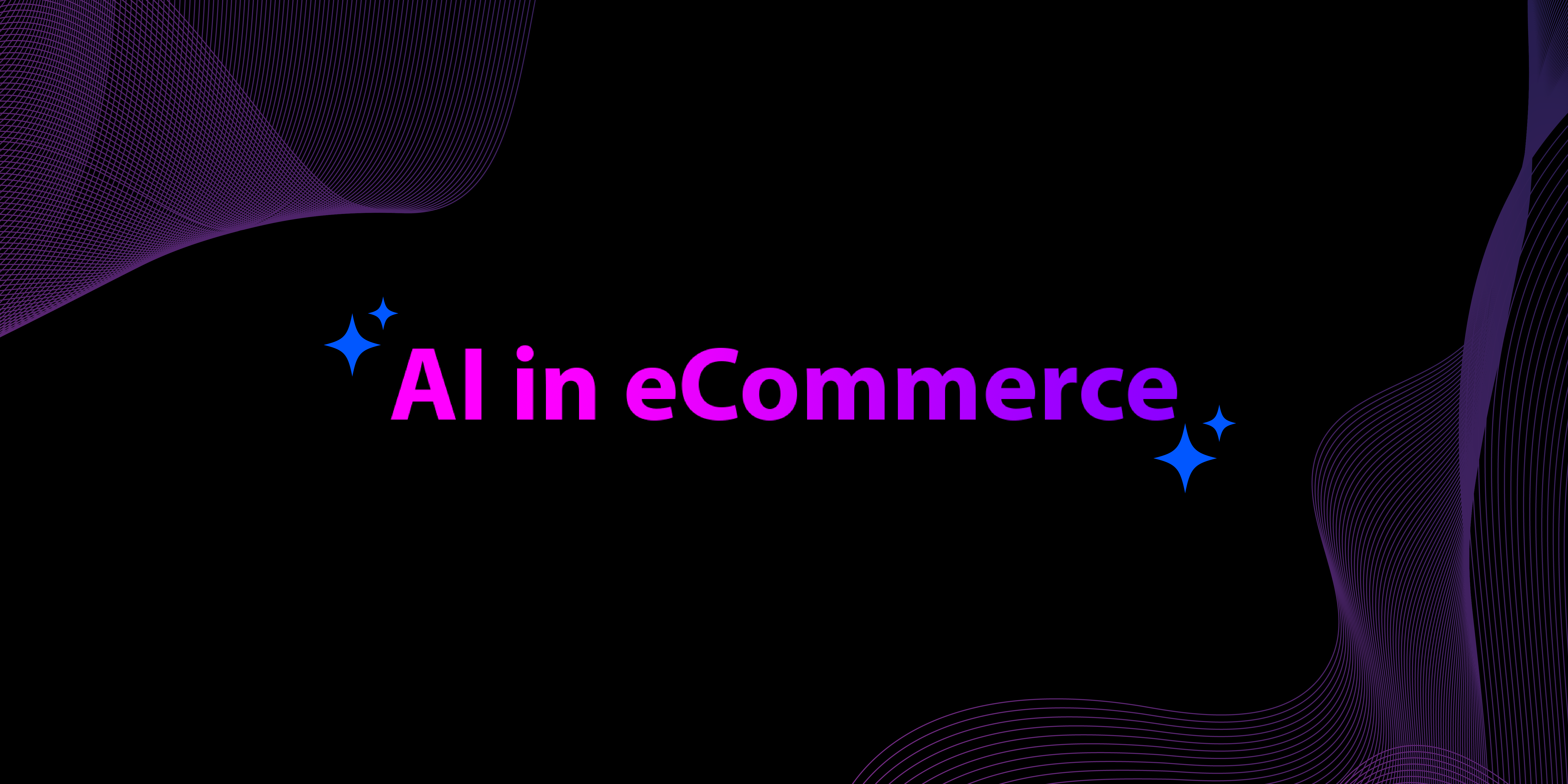

Last updated on
July 5, 2023
Customer retention is one of the most neglected parts of modern eCommerce marketing.
And it's more than likely an area where your business is leaking valuable customers.
As an online store owner, you've no doubt seen how so many eCommerce marketing strategies are focused on getting new customers to buy from you for the first time.
SEO, influencer marketing, paid advertising - it's all about getting the attention of someone that's never heard of you.
The chances are that if your brand is over 12 months old, you've had a decent number of sales - and you're neglecting the lowest hanging fruit.
Customer retention is a vital part of building the longevity of your brand.
However, customer retention isn't just about reaching out to people a few months after they've made a purchase.
Using relatively basic marketing automation, you can lay the foundations of effective customer retention from the moment a customer lands on your site.
In this article, you'll see
So let's get into automating customer retention!
Customer retention is the process of building a long-term and profitable relationship with customers that see them staying loyal to your brand.
Those who have bought from you in the past are 27% more likely to buy from you again. Not only that, return customers will spend an average of 67% more than first time buyers, too.
It's easy to see how customer satisfaction, loyalty, and retention go hand in hand; one leads to the other.
As it's a relatively advanced marketing process, it can be a bit daunting to get started with automating customer retention.
The eCommerce industry will only grow, but competition will only get more fierce. It’s only going to get harder to set yourself apart from your competitors, meaning your customers will be looking at them just as much as they're looking at you.
Automated customer retention helps free up your time to focus on more important things, like warding off your competitors. When implemented correctly and fine-tuned, it can be akin to having a team member dedicated to keeping customers coming back to you.
Automated retention is useful because it's tailored to your brand according to your data - there's no 'one size fits all' solution. The constant refinement of campaigns crafted in your brand's tone of voice and done according to customer behavior in your store makes it a genuinely potent marketing tactic.
Finally, unlike a human, it doesn't slip up and forgets customers. Following up individually with each customer to show gratitude is useful but monotonous. When things get busy, this is the least of your priorities. For an automated campaign, getting in touch with people is the only goal.
That's not all. It can also:
While it may seem too good to be true, automating customer retention is slightly more involved than uploading a new product photo. It relies on technology heavily.
Technology helps automate tasks, but it also helps take the guesswork out of decision making, two elements that are integral to customer retention. While there's no one specific tool to do everything in customer retention, you can use several tools in conjunction to help automate customer retention.
Lead scoring can help build the foundation of long-term customer retention from when someone lands in your online store. For example, proactive customer engagement helps boost their lead score. Several questions asked before purchasing improves their lead score as they're more engaged. A long dwell time or regular visits before buying also improves their lead score.
As customers move through their journey and increase their score, you can segment them more effectively and use that information to help retain them.
Segmentation can also help divide existing and new customers, according to:
Being privy to this information helps you target your customers with more relevant retention content - and email marketing is the best way to do that.
You've just read how customer retention can begin before the sale. Gathering data pre-sale is essential, but that data is acted upon post-sale, and it's more than likely done via email.
The post-sale email is an often overlooked part of the sale. It's probably the first time you've emailed this individual, so it's essential to make it useful and set the stage for future communication.
It should be on par with your brand's tone of voice and contain all the necessary information about their purchase. Say thanks in the most sincere way possible to foster long-term customer loyalty and include as much tracking and delivery information as possible.
Retention automation can occur in the form of upselling or cross-selling, depending on the user's behaviour. If your customer has visited your site a few hours since their purchase, try and establish why. That may justify an upsell or cross-sell to increase their cart spend.
If they've visited your store several months after their initial purchase without buying again, establish why. Have prices changed, have the products changed?
There are an absolute plethora of email triggers to send a gentle persuasion to buy again. What's most important here is access to the best data. Knowing what a customer did is essential to extrapolating why they did it and then automating emails at scale around that particular behavior.
We all need gentle reminders sometimes. Whether it's about mum's birthday, visiting the dentist, or a restock on coffee, it's easy to forget from time to time.
Using the same principle, your eCommerce store can throw your product back in front of a customer at the most convenient time. If your product is consumable, like cosmetics or dry goods, or seasonal, like swimwear or winter clothing, then time-based emails will be your retention automation friend.
Extensive knowledge of your post-journey customer sale is essential. Time-based emails can be influenced by the consumption rate of your product, as well as the number of products ordered.
For example, you know that one vial of your best-selling beard oil lasts three months when used accordingly. Schedule emails based on that timeframe, but also according to purchase size. If a customer purchased six vials of beard oil, there's no point emailing them ten weeks after their purchase.
Preempt user behaviour, and automate an email chain to put your product in front of a previous customer when they're most susceptible and in need of your product. Add the element of personalisation, and you can scale this strategy for long-term loyalty and profits.
Sometimes customers just don't come back. They close the window after buying from you, receive their product and never return.
Lapsed customers present an opportunity as long as you have relevant and actionable data on them. Create your definition of 'lapsed' or 'inactive' and then segment them accordingly.
The reason for not returning may have something to do with your product. If you find this happens in mass, automate a customer survey to gather feedback. Incentivize customers to give feedback with a discount for their next purchase. It may cost you 10% of their overall cart spend, but you've managed to gather valuable feedback and reactivate a stagnant customer in the process.
Whether it's in an email, a customer service chatbot or a thank you card, personalization encourages your customers to become more emotionally invested in your brand.
Getting an email that doesn't have your name stands out much more than one that does have your name. We've become so accustomed to our terms being in eCommerce communications that it stands out when it's not in there.
But let's make this clear:
Personalization is more than just a name.
When automating customer retention, you can't just throw someone's name at the start of an email and call it personalised.
Your data gives you insights into each customers:
Personalized emails can help reactivate customers, too. On the first anniversary of a customer's last purchase, send them a 'cute' email celebrating 12 months since their previous purchase, and mention that product in the email. Also, note any other purchases and then turn the email into a reactivation email.
'To celebrate the last year, we're giving you $20 off your next purchase.
Personalisation can be the basis of many retention marketing forms, not just the content you put into the email.
Don't forget that, while what you've learned above is sound, actionable advice, it's by no means ideal specifically for you.
Your business is different, your product and brand are different, your customers are different, what they want is different, and what will keep them coming back can't be generalized.
What's vital to launching and developing an automated retention strategy is consistent experimentation and trial and error. What you're trying to implement relies heavily on data. That's beneficial for your experiments as you've always got raw numbers to revise.
When experimenting, remember not to change too much from test to test as you'll struggle to pinpoint what change was responsible for the effect.
As you begin to implement your automated retention process, it's easy to lose sight of your overall 'why'.
That 'why' is to increase lifetime value. Customer lifetime value is among the most critical eCommerce metrics to track and improve for growing your business.
As you start experimenting with the above ideas and concepts, you may find yourself so laser focussed on getting customers to open an email from you or going back into your store. If you're struggling to get the desired result, take a step back and ask yourself if that action will increase lifetime value. It's not always the case.
Marketing automation has many facets. You've just seen how it can be used to boost customer retention and increase your overall profitability. It can be time-consuming to set up and implement, but it can be like having an extra team member solely dedicated to retaining customers.
Experiment with the above concepts, double down on what works for you and step away from what doesn't. Most importantly, never stop experimenting!
Content marketer by day and book nerd by night, Momina works at Mailmunch as a Marketing Communications Specialist. Momina eats, sleeps, and breathes content marketing. Her expertise ranges from ideation to production to distribution of content, thanks to 4+ years of experience in the B2B content marketing sphere.
Tags:

Hamna Abid
July 11, 2023

Hamna Abid
June 23, 2023

Ammar Mazhar
May 30, 2023